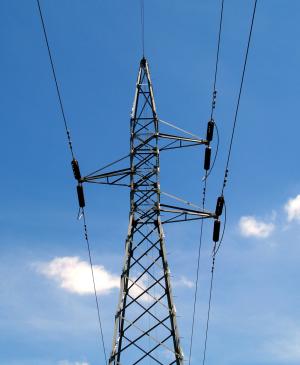The old rules don’t always fit with new commercial realities.
Glenn J. Berger is a partner in the energy and infrastructure group at Skadden, Arps, Slate, Meagher & Flom LLP. Cheryl Foley is a counsel in the firm’s energy regulatory group.
With billions in new investment needed to strengthen and expand the nation’s electric transmission grid over the next several decades, the Federal Energy Regulatory Commission (FERC) is injecting market-based solutions into the planning, construction, and operation of new transmission lines. Among its initiatives are the elimination of barriers that might prevent new players from competing against incumbent utilities for the right to build, own and operate this new infrastructure, and to earn the various financial and rate incentives that might be on offer.

Yet FERC’s own policy could hinder these reforms.
That policy—the linchpin that underlies any attempt by FERC to relax rules to encourage grid expansion—is the hallowed requirement that transmission owners and operators must provide open-access transmission service to all eligible customers on a non-discriminatory basis. This doctrine of open access remains central to FERC’s legitimate authority under the Federal Power Act (FPA). Yet this very policy might be stifling some grid projects—especially those built by private generation developers.

